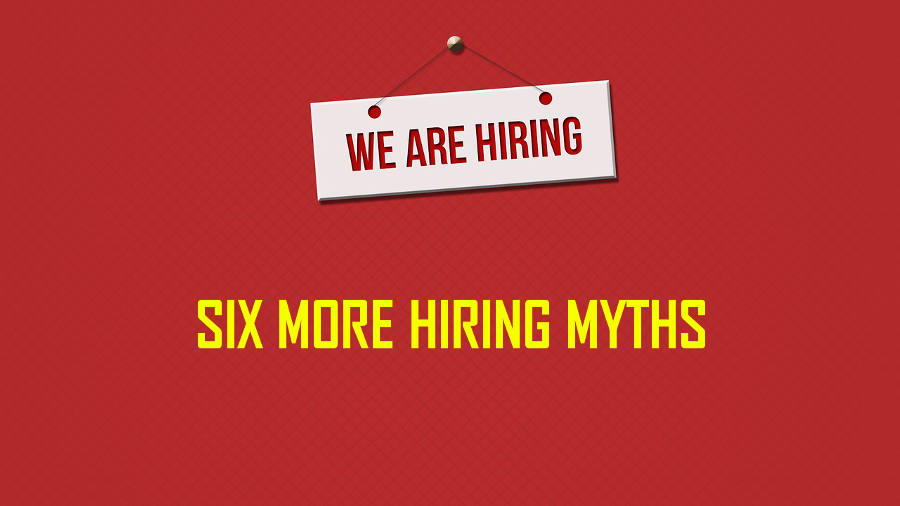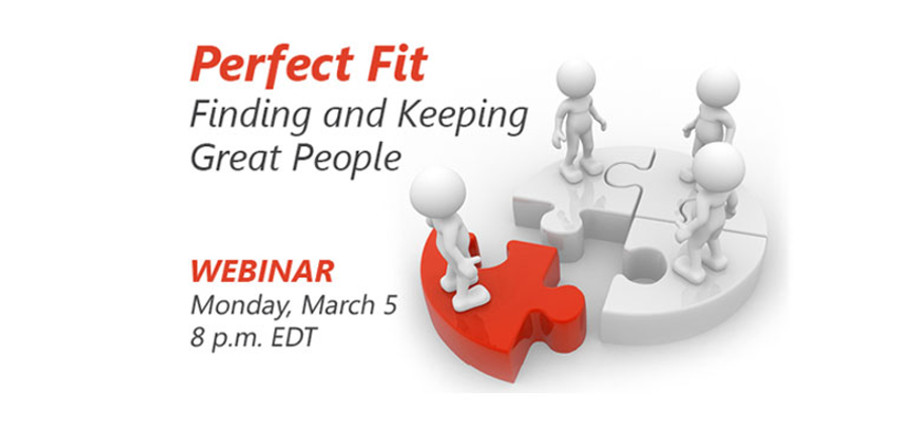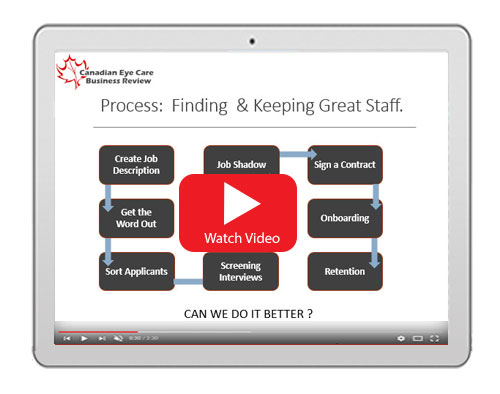
Managing people as part of clinical practice has never been easy. Staff management issues have always been near, or at the top of the list of challenges that both independent practice owners and optical retailers face.
“If it wasn’t for the people this job would be easy…”
Anonymous
Enter COVID.
To say that COVID has created employment uncertainty is an understatement. From an array of employment attitudinal studies conducted across a wide swath of different industries, we have a good understanding of how attitudes have changed in the employer/employee relationship as a result of COVID induced employment pressures.
Many employers are bracing for the substantial challenges they currently face and those that will continue to roll over the employment markets as COVID variants oscillate to create waves of uncertainty.
Buoyed by COVID-induced savings buffers and increasing vaccination rates, the YOLO (You Only Live Once) phenomena, first penned by the New York Times this spring, has emerged.
The YOLO mindset, most often attributed to the Millennial generation, has given rise to a tsunami of resignations as individuals pursue long-deferred dreams of new independent ventures and freedom from the grip of their employers.
Resignation Waves, Dominos and New Rules
Tim Brennan, Chief Visionary Officer, FitFirst Technologies, a company offering candidate assessment technologies using Artificial Intelligence (AI), said recent research indicates “40% of the workforce say they are looking to change jobs in the next year. 53% are prepared to change industries if training is provided. You have a wave of good reliable, productive people making personal decisions to change things up.”
Behind the millennials, a wave of younger workers are looking to step up into the vacancies potentially causing a second wave of resignations. “We can see the signs of this already with Help Wanted signs everywhere, some businesses are operating on reduced hours and all wondering where they are going to find the people they need”, opined Brennan.
The Globe & Mail cites Travis O’Rourke, president of recruiting firm Hays Canada, advising that the competition to hire and retain workers is leading to higher wages. “It’s absolutely a war for talent, and workers are winning,” he said.
Ah, but Our Industry is Different.
Of course it is … isn’t it?
A new Canadian Eye Industry Survey is available. Your participation can help answer these questions.
![]()
Admittedly, physical site dependent health care services like optometry and optical may be different. To some extent location dependency diminishes the impact. Few jobs in eye care were moved from the practice to the home, and thus workers desiring to continue their current job from home is largely a moot point.
The veterinary industry, however, has not been immune to the challenges of acquiring and retaining personnel. Amid the COVID pet adoption surge, Veterinarians are reportedly having huge challenges with employee retention and filling increasing vacancies.
Employees are “Hunkering Down”
The uncertainty has also created a “sheltering in place” phenomena. “ 80% are concerned about their career growth , 72% say the pandemic has caused them to rethink their skill-sets and 59% have sought out skills training without the support of their employer. If even a portion of these people act on their concerns, they will add to the resignation tsunami and it will extend beyond millennials”, according to Brennan.
Quietly bearing the stress but ready to move: These may be the employees in your current workplace, waiting for opportunity.
Kareem Merali, co-owner of C2020, a Canadian recruiting and training firm focused exclusively on ECPs, is seeing the effects first-hand: “With an influx of jobs available, employees and job seekers have a lot more variety to choose from, not only from within the optical industry but outside of it as well.”
Merali further points out that retention of lower paying positions has become a greater challenge and that government COVID subsidy programs, like CERB, make it more difficult.
“I think owners will need to share a larger piece of the pie than they are used to in order to keep the right talent and stay profitable,” says Merali.
Impact in Corporate Optometry
Maria Sampalis, Founder of Corporate Optometry, a networking resource for Optometrists sub-leasing in corporate environments, is seeing a rise in OD salaries in the US.
Sampalis agrees, “Acquiring good talent in a shortage of available candidates is the number one challenge facing Corporations”.
She is seeing corporations respond to the issue in innovative ways, including forging partnerships with professional schools and even engaging in tuition reimbursement programs.
Training and Support: Keys to Retention
Brennan and Merali agree that keeping staff engaged and motivated is vital to retaining great staff and that training and team building are critical elements.
Practice owners should consider team-building events, mindfullness activities, out of the box training rather than simply throwing money at increased wages. Employers will have to be even more aware of the needs of their employees.
We Need Answers
There are no known studies of the eyecare/optical industry employment trends. “Industry leaders, employers and individuals making career decisions about their future need to better understand the employment dynamics, options and opportunities”, says David Pietrobon, President of VuePoint IDS Inc, and publisher of Eye Care Business Canada. The Canada Eye Care Employment Survey, will help answer these most important questions.
Eye Care Business Canada will be hosting a digital event on November 8th as part of its “Changing Landscape: Opportunities & Options for Canadian ECPs” series focusing on employment opportunities under the title, “Career Pathfinders: Making Informed Decisions”.
Eyeployment.com, a premier sponsor of this event has launched an online survey to measure the attitudes of both employers and employees regarding the current eye care employment situation. Tim Brennan will provide an overview of the employment situation and share the results of the survey with attendees.
Respondents to the survey will receive a summary report of the research findings and a complimentary invitation to the November webinar where the results will be shared
The online survey is available now at: CLICK HERE TO TAKE SURVEY 4-5 mins.




















